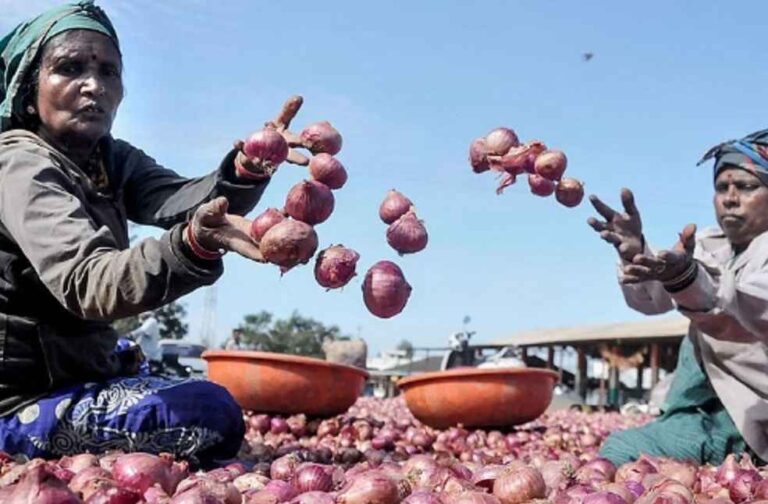The global onion market confronts unprecedented turmoil, evidenced by escalating prices in the Philippines, export restrictions from erstwhile leaders like India, and a marked increase in Pakistani imports. This scenario prompts discussions around the resilience of existing supply chains and the emergence of new market entrants.
Deciphering the Asian Onion Shortfall
Attributable to a complex interplay of climatic adversities, economic policies, regulatory frameworks, and demographic shifts, the scarcity of onions in Asia represents a multifaceted challenge. Climate change emerges as a formidable adversary, with environmental fluctuations precipitating considerable crop failures and diminished yields, particularly affecting India’s output.
The year 2022 saw Pakistan’s onion cultivation suffer significantly due to flooding, transforming the nation from a producer to a notable importer. This shift underscores the broader susceptibility of onion supplies to environmental calamities.

Regulatory actions, encompassing export prohibitions and restrictions by nations such as Uzbekistan, Turkey, Egypt, and others, have significantly influenced market dynamics. While aimed at safeguarding domestic markets, these policies inadvertently elevate business risks and deter agricultural investment.
Compounded by rapid demographic expansion in Asia, the escalating demand for onions intensifies pressure on supply mechanisms. With the continent’s consumption towering above others, the imperative for robust solutions is palpable.
Global Onion Import Patterns and Prospects
EastFruit’s analysis highlights Bangladesh’s ascension as the preeminent onion importer globally, surpassing the USA, with Malaysia, the UAE, and Vietnam also reporting substantial imports. This upward trajectory in Asian import volumes, averaging a 6% annual increase, underscores a burgeoning demand within the region.
The enduring scarcity presents viable opportunities for regions outside the traditional supply ambit. Central Asia, endowed with agricultural potential, could significantly address Asia’s demand, contingent upon overcoming logistical barriers.

Sub-Saharan Africa, presently a net importer, emerges as a promising source, given its optimal agricultural conditions. Ventures into this territory, however, necessitate strategic navigation of elevated sovereign risks.
China stands poised to amplify its onion exports, responding to a plateau in domestic demand and demographic downturns.
The onion market’s current predicament signals a pivotal juncture, with supply deficits in Asia necessitating a reassessment of agricultural and commercial strategies. While the hurdles are daunting, they also unveil avenues for new entrants. Surmounting logistical challenges and fostering sustainable cultivation practices remain critical for any nation aspiring to exploit the escalating demand for onions across Asia and elsewhere.
IMEX SECTOR | Pak Launches Trade Corridor, First Potato Shipment to Tajik Opens New Avenues



